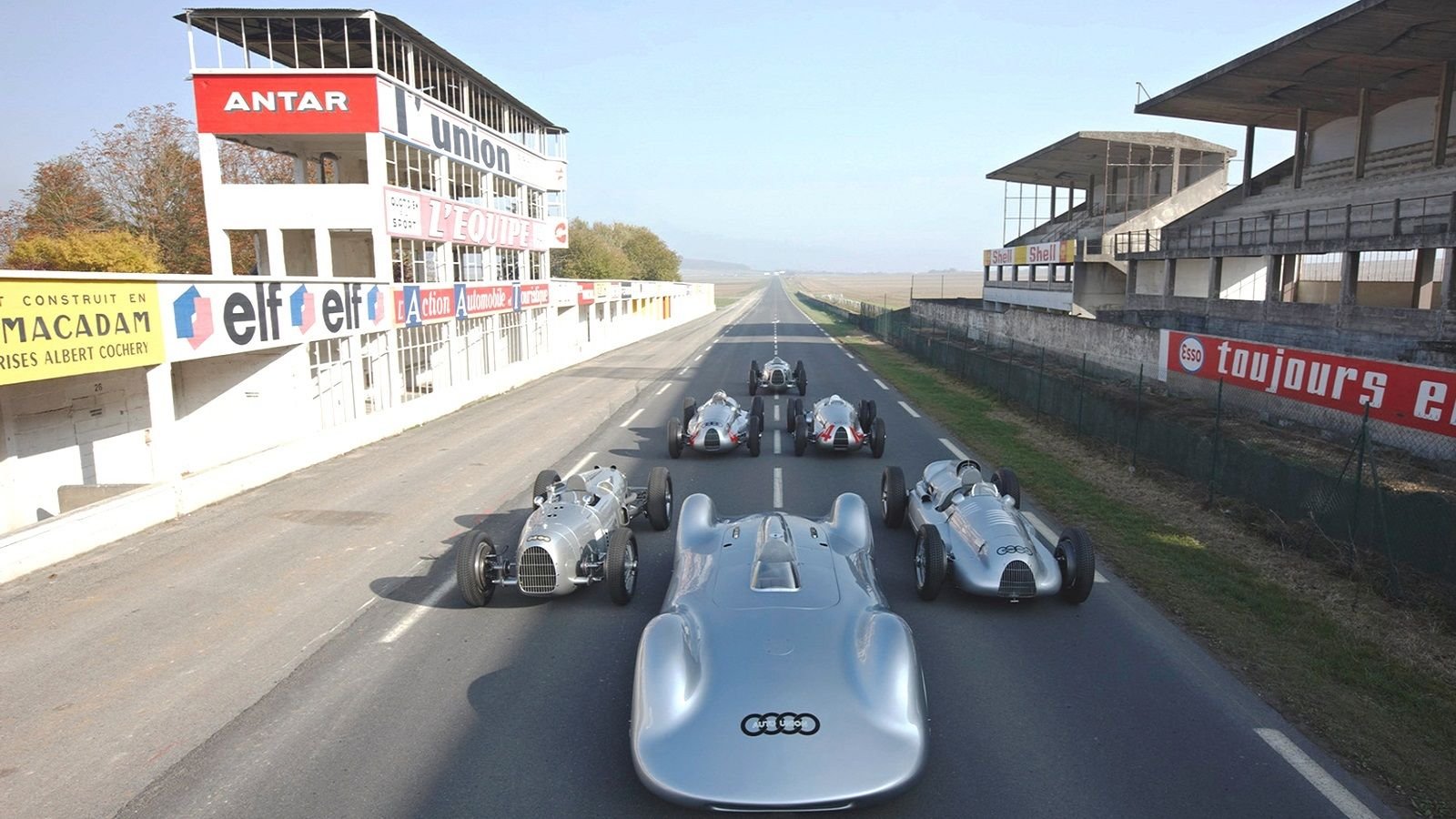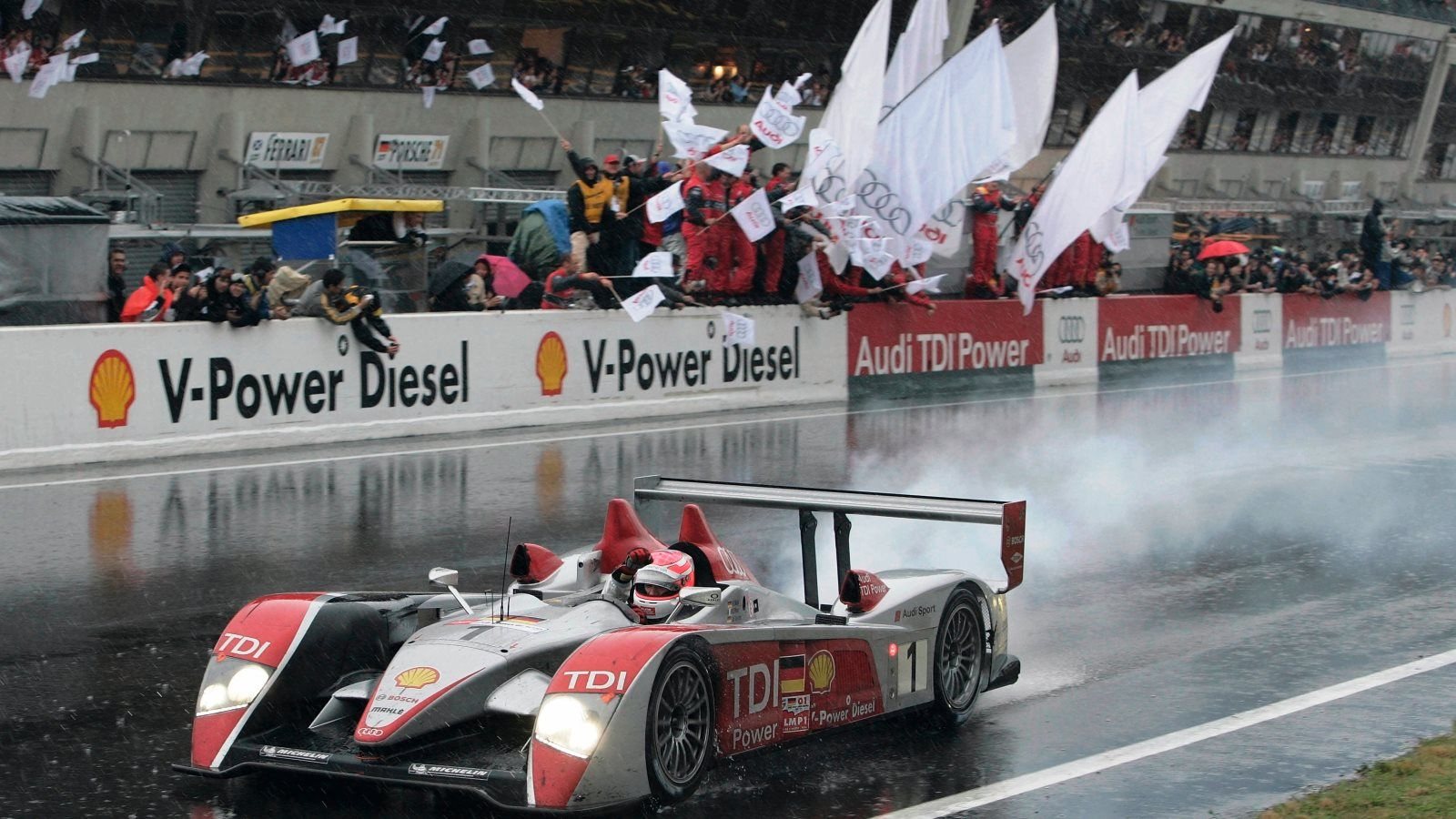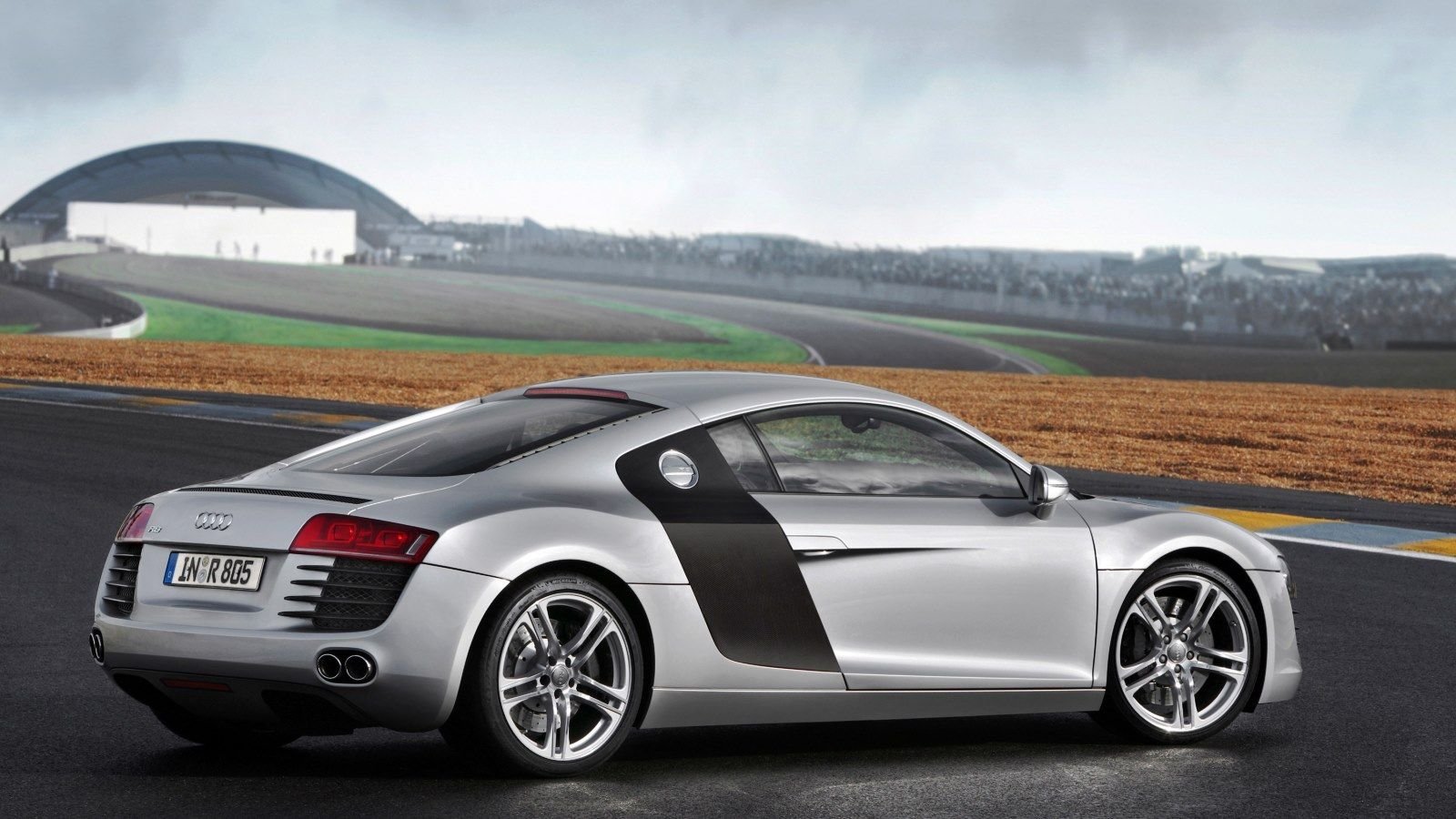The 8 Most Important Cars in the History of Audi


















The Audi of Today was Built from the Ashes of Auto Union
The Audi brand we know today grew out of the old Auto Union company formed during the great depression. August Horch started his first manufacturing company in 1899, only to leave in 1909 over management issues with his partners. By then, Horch had been making cars for years, including the 1908 racing model pictured. Mr. Horch started a new car company in 1910, called Audi, the Latin translation of Horch, which means listen up. In 1932, DKW merged Audi, Wanderer, and the original Horch to form Auto Union, and combine forces to weather the depression. A fifth minor player in the creation of Audi was the American luxury car maker Rickenbacker, who's tooling for advanced 6 and 8 cylinder engines was purchased and shipped to Germany in 1928. The four ring logo represents the different companies which were combined to form Auto Union. The Audi name may be much older than that, but the important parts of the story starts there.
1. The Silver Arrow Race Cars
Not much of what was the old Auto Union carried over into post war models, but the Silver Arrow race cars show the spirit of engineering and innovation Audi is known for today. When Hitler announced a national competition to develop advanced technology race cars, to show the world the superiority of German engineering, Auto Union jumped a the chance. The Type A through D race cars produced were streamlined torpedoes, with the driver in front and the engine behind, engineered in part by Dr. Porsche. Power came from a variety of supercharged V12 and V16 motors, depending on the grand prix rules of that year, ranging from 3 liters to 6 liters, and making over 500hp in some versions. Remember, all that was in a race car weighing less than 2,000 lbs, with tires just 4 inches wide. There was also a full fendered Type C streamliner, built to set outright speed records on the newly built Autobahns. Bernd Rosemeyer used this car to break through the 400 km/hr (nearly 250 mph) speed record in 1937, where it was tuned for over 550 hp. You can read much more about the grand prix cars here: Auto Union Race Cars.
2. 1965 Audi F103
The war destroyed a lot of companies in Germany, but Auto Union did survive. However, by the late 1950s DKW was still making 2 stroke 50hp cars, and Audi and the rest were gone. Eventually, Volkswagen bought most of the remains, and using a DKW chassis and front wheel drive axle, mated to a modified Mercedes industrial engine, created the first Audi in 25 years internally known as the F103. The initial models were identified by their engine output in horsepower, initially 72, with 80 and Super 90 models added a year later. Later, a base model 60 was created, with a smaller 1.4 liter motor, and the 72 and 80 were combined into the 75. If you know water cooled VW/Audi cars, you would recognize a lot of what is under these cars, which continued to evolve until the VW Fox stopped production in 1993. The engine used is not that different from the iron block, SOHC 1.8 and 2.0 4 cylinder VW/Audi used until the 21st century.
3. 1984 Audi 5000
Audi had been back in North America for years, but it was the new, modern, aerodynamic 5000 sedan and wagon which cemented their reputation for technologically advanced luxury. These cars impressed enthusiasts and suburban social climbers as well, with their smooth shape and good fuel economy coupled with decent performance. The 20 valve turbo 2.2 liter 5 cylinder could get you from 0-60 quicker than 5.0 liter V8 American sedans, while burning less gas. These sedans also featured in the famous "ski jump" commercial, which sold America on the advantage of Quattro all-wheel drive. Unfortunately, this was also the era of the unintended acceleration scandal, which almost killed the company in the USA. Investigations later determined it was mostly the fault of driver error.
4. 1983 Audi Ur-Quattro
In North America these cars were basically Audi 4000 coupes, with all-wheel drive and the most powerful motor. In the rest of the world this was a homologation special to allow Audi to dominate the rest of the world with the AWD system adapted from the VW Iltis military vehicle. The rally cars had little except the basics in common with the street car, but the street cars were still impressive handlers all in all. With just a 99" wheelbase, and 160 hp (over 200 in Europe) moving less than 3000 lbs, these were quick, sporty cars that could be driven no mater the weather. The Quattro system included revised rear suspension from the base FWD version, with much better handling geometry. The body featuring small factory box flares, body kit, rear spoiler, and 4 ring decals made them look the part, too. Less than 1,000 of these cars came to the US and Canada, though in Europe close to 12,000 were sold.
5. 1996 Audi A4
There was really nothing wrong with the Audi cars of the 1980s and early 90s, but it wasn't until the debut of the all new Audi A4 for North America for the 1996 model year that everything went right. With this new car Audi had a knockout body, powerful motors, sporty handling, comfortable ride, and the best interior on the planet. The 1.8 liter turbo 20V motor gave it plenty of power, while still maintaining decent fuel economy. The new Tiptronic automatic allowed driver to shift for themselves, or sit back and drive like an American, rare at the time. In 1999 the United States got the awesome twin turbo 2.7 V6 powered S4, which was one of the fastest sedans on the market from any maker. Enough time had passed, and the old model designations had all been revised, so no one remembered the scandal over the 5000 either. This car relaunched Audi in the USA.
6. 1998 Audi TT
The Ur-Quattro proved Audi could build sporty fun to drive cars, but it wasn't until the introduction of the TT coupe and roadster that the world learned they could actually build sports cars. Sure, under the skin was much of the same running gear as a VW Golf GTI, but the sleek shape and 2 seat body style shouted sports car to anyone in view of it. Inside was the same luxury trimmings as the rest of the latest Audi line, and powering it was the 1.8T, optionally hooked to the Quattro all-wheel drive system. The Audi TT may not have been anywhere near a Porsche 911 in terms of outright performance, but that didn't stop people shopping for the sports car look from cross shopping them.
7. 2006 Audi R10 TDI Le Mans Racecar
When Audi went racing at Le Mans in 2000 and won, they made news, but when they went back in 2006 with a TDI diesel powered car they stopped the presses. From the first time out in 2006, the TDI powered R10 won the race overall, beating all comers in 2006, 2007, 2008, 2009 and 2010, until it was replaced by a new Audi. This car made the world sit up and take notice that Audi was not going to be content just making luxurious and sporty street cars, but they planned on competing with the big time sports car makers, like Porsche and Ferrari. The Quattro rally cars were race cars in a street car based series, competing against other tweaked versions of compact cars by large makers. Le Mans pits the best in the world, in advanced, one-of-a-kind, money is no object, prototype sports racers, and Audi had beat them all on its first try.
8. 2006 Audi R8 Supercar
Audi had a long string of wins at Le Mans, but no cars for sale anything like the mid-engined prototypes they were racing there. In 2006 they introduced a supercar using everything they had learned in 6 years of endurance road racing, and called it the R8, after the race car. With these cars Audi finally had an exotic halo car to showcase all their most advance technology. As advanced as it is, can you imagine Tony Stark riding around in an Audi A8, even a long wheel base model? The R8 is a car for titans of industry and masters of the universe, and possibly lottery winners; a car people aspire too and hang posters of on their wall.
For information on DIY maintenance, modifications and repairs, check out our how-to section here in Audi World.
